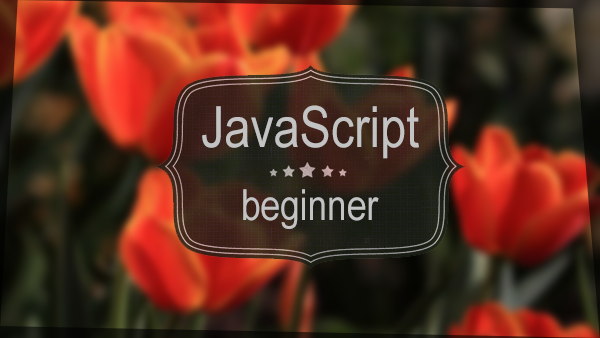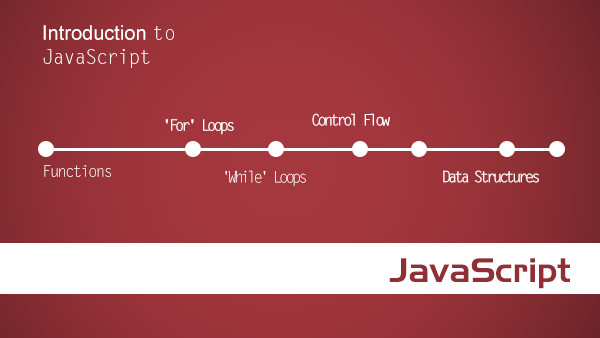最近也一直会用javascript,然后中间使用的一些组件,如Echarts 会有非常复杂的配置文件,而大部分配置可能都是一样的,所以想着写一份通用配置,然后,其他地方需要使用的时候,用这份配置深拷贝一份配置,然后在上面继续改。就如下:
<script>
const defaultOpt = {
key1: xxx,
key2: {
dd: ee
},
.....
}; // deepCopy为某个实现深拷贝的方法
const opt1 = deepCopy(defaultOpt);
opt1.....
const opt2 = deepCopy(defaultOpt);
opt2.....</script>深拷贝和浅拷贝
这里也涉及到一个深拷贝和浅拷贝的概念。javascript中存储对象都是存地址的,所以浅拷贝是都指向同一块内存区块,而深拷贝则是另外开辟了一块区域。下面实例也可以看出这一点:
<script>
// 浅拷贝
const a = { t: 1, p: 'gg'
}; const b = a;
b.t = 3; console.log(a); // {t: 3, p: 'gg'}
console.log(b); // {t: 3, p: 'gg'}
//深拷贝
const c = { t: 1, p: 'gg'
}; const d = deepCopy(c);
d.t = 3; console.log(c); // {t: 1, p: 'gg'}
console.log(d); // {t: 3, p: 'gg'}</script>可以明显看出,浅拷贝在改变其中一个值时,会导致其他也一起改变,而深拷贝不会。
Object.assign()
我需要的是深拷贝的方法,然后发现原来es6 中有Object.assign() 这个方法,感觉可以拿来用了。
贴一下两个官方例子:
//1.<script>
// Cloning an object
var obj = { a: 1
}; var copy = Object.assign({}, obj); console.log(copy); // { a: 1 }</script>
//2.<script>
// Merging objects
var o1 = { a: 1
}; var o2 = { b: 2
}; var o3 = { c: 3
}; var obj = Object.assign(o1, o2, o3); console.log(obj); // { a: 1, b: 2, c: 3 }
console.log(o1); // { a: 1, b: 2, c: 3 }, target object itself is changed.</script>是不是很完美,又可以clone又可以merge。在我这种情况下,我觉得我的代码量又可以减少了,比如:
<script>
const defaultOpt = { title: 'hello', name: 'oo', type: 'line'
}; // 原来可能需要这样
const opt1 = deepCopy(a);
opt1.title = 'opt1';
opt1.type = 'bar';
opt1.extra = 'extra'; // 额外增加配置
// 现在只要这样
const opt2 = Object.assign({}, a, { title: 'opt2', type: 'bar', extra: 'extra'
});</script>不过,很快,问题出现了,那就是
merge和我想象的不一样
<script>
const defaultOpt = { title: { text: 'hello world', subtext: 'It\'s my world.'
}
}; const opt = Object.assign({}, defaultOpt, { title: { subtext: 'Yes, your world.'
}
}); console.log(opt); // 预期结果
{ title: { text: 'hello world', subtext: 'Yes, your world.'
}
} // 实际结果
{ title: { subtext: 'Yes, your world.'
}
}</script>原本想的是它只会覆盖subtext ,然而其实它直接覆盖了整个title ,这个让我比较郁闷,相当于它只merge根属性,下面的就不做处理了。
代码只能重构成相对麻烦一点的:
<script>
const defaultOpt = { title: { text: 'hello world', subtext: 'It\'s my world.'
}
}; const opt = Object.assign({}, defaultOpt);
opt.title.subtext = 'Yes, your world.'; console.log(opt); // 结果正常
{ title: { text: 'hello world', subtext: 'Yes, your world.'
}
}</script>这样用虽然麻烦一点,但是也还好,可以用了。不过。。。很快,又出现问题了,如下:
<script>
const defaultOpt = { title: { text: 'hello world', subtext: 'It\'s my world.'
}
}; const opt1 = Object.assign({}, defaultOpt); const opt2 = Object.assign({}, defaultOpt);
opt2.title.subtext = 'Yes, your world.'; console.log('opt1:'); console.log(opt1); console.log('opt2:'); console.log(opt2); // 结果
opt1: { title: { text: 'hello world', subtext: 'Yes, your world.'
}
}
opt2: { title: { text: 'hello world', subtext: 'Yes, your world.'
}
}</script>上面结果发现两个配置变得一模一样,而其实我们并没有去更改opt1 的subtext ,只是改了opt2 的。
这说明一点:在title 这一层只是简单的浅拷贝 ,而没有继续深入的深拷贝。
这里不经让我怀疑这个接口到底是怎么实现的,它到底是不是和我所想的一样。
翻了一下官方文档,发现它写得一个Polyfill ,代码我加了点注释如下:
<script>
if (!Object.assign) { // 定义assign方法
Object.defineProperty(Object, 'assign', { enumerable: false, configurable: true, writable: true, value: function (target) { // assign方法的第一个参数 'use strict'; // 第一个参数为空,则抛错
if (target === undefined || target === null) { throw new TypeError('Cannot convert first argument to object');
} var to = Object(target); // 遍历剩余所有参数
for (var i = 1; i < arguments.length; i++) { var nextSource = arguments[i]; // 参数为空,则跳过,继续下一个
if (nextSource === undefined || nextSource === null) { continue;
}
nextSource = Object(nextSource); // 获取改参数的所有key值,并遍历
var keysArray = Object.keys(nextSource); for (var nextIndex = 0, len = keysArray.length; nextIndex < len; nextIndex++) { var nextKey = keysArray[nextIndex]; var desc = Object.getOwnPropertyDescriptor(nextSource, nextKey); // 如果不为空�且可枚举,则直接浅拷贝赋值
if (desc !== undefined && desc.enumerable) {
to[nextKey] = nextSource[nextKey];
}
}
} return to;
}
});
}</script>上面的代码可以直接说明它只对顶层属性做了赋值,完全没有继续做递归之类的把所有下一层的属性做深拷贝。
总结
Object.assign()
只是一级属性复制,比浅拷贝多深拷贝了一层而已。用的时候,还是要注意这个问题的。
附
发现一个可以简单实现深拷贝的方法,当然,有一定限制,如下:
const obj1 = JSON.parse(JSON.stringify(obj));
思路就是将一个对象转成json字符串,然后又将字符串转回对象。
转载至:http://blog.csdn.net/waiterwaiter/article/details/50267787
作者:饥人谷_米弥轮
链接:https://www.jianshu.com/p/be88bcd619f5

 随时随地看视频
随时随地看视频




